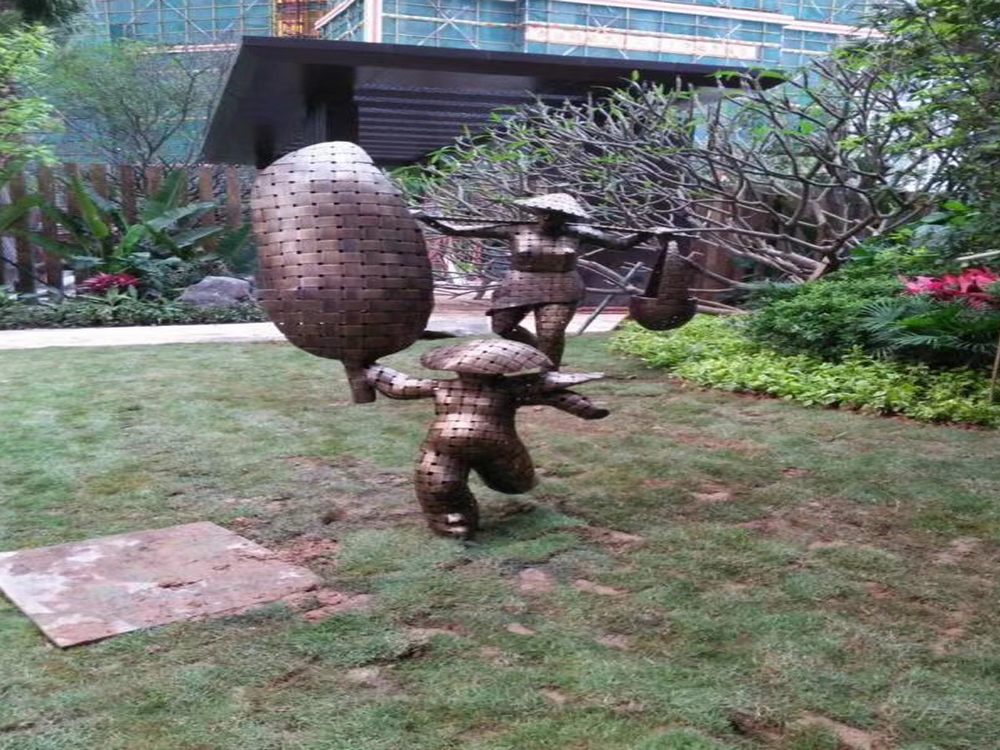
Metal sculptures have long transcended their static nature, evolving into dynamic mediums for immersive and sensory experiences. Contemporary artists leverage the unique properties of metal—its reflectivity, malleability, and durability—to engage audiences on multiple sensory levels.
One technique involves manipulating light and shadow. Polished stainless steel sculptures, like those by Anish Kapoor, distort reflections, creating ever-changing visual landscapes that envelop viewers. Others incorporate kinetic elements, where motion sensors or wind activate delicate metal components, producing rhythmic sounds or shifting patterns.
Interactive installations push boundaries further. Artists such as Richard Serra design monumental steel structures that alter spatial perception, compelling visitors to navigate narrow passages or towering walls, evoking visceral reactions. Some even embed tactile surfaces or temperature variations, inviting touch to complete the sensory loop.
Sound also plays a role. Sculptors like Bernar Venet arrange corten steel beams to resonate with ambient noise, turning spaces into auditory experiences. Meanwhile, LED-integrated works merge metal’s rigidity with pulsating light, crafting synesthetic environments.
By merging materiality with technology, these artists transform metal from a passive medium into an active participant in storytelling—one that speaks through texture, movement, and embodied interaction. The result? Art that doesn’t just occupy space but rewires how we perceive it.

